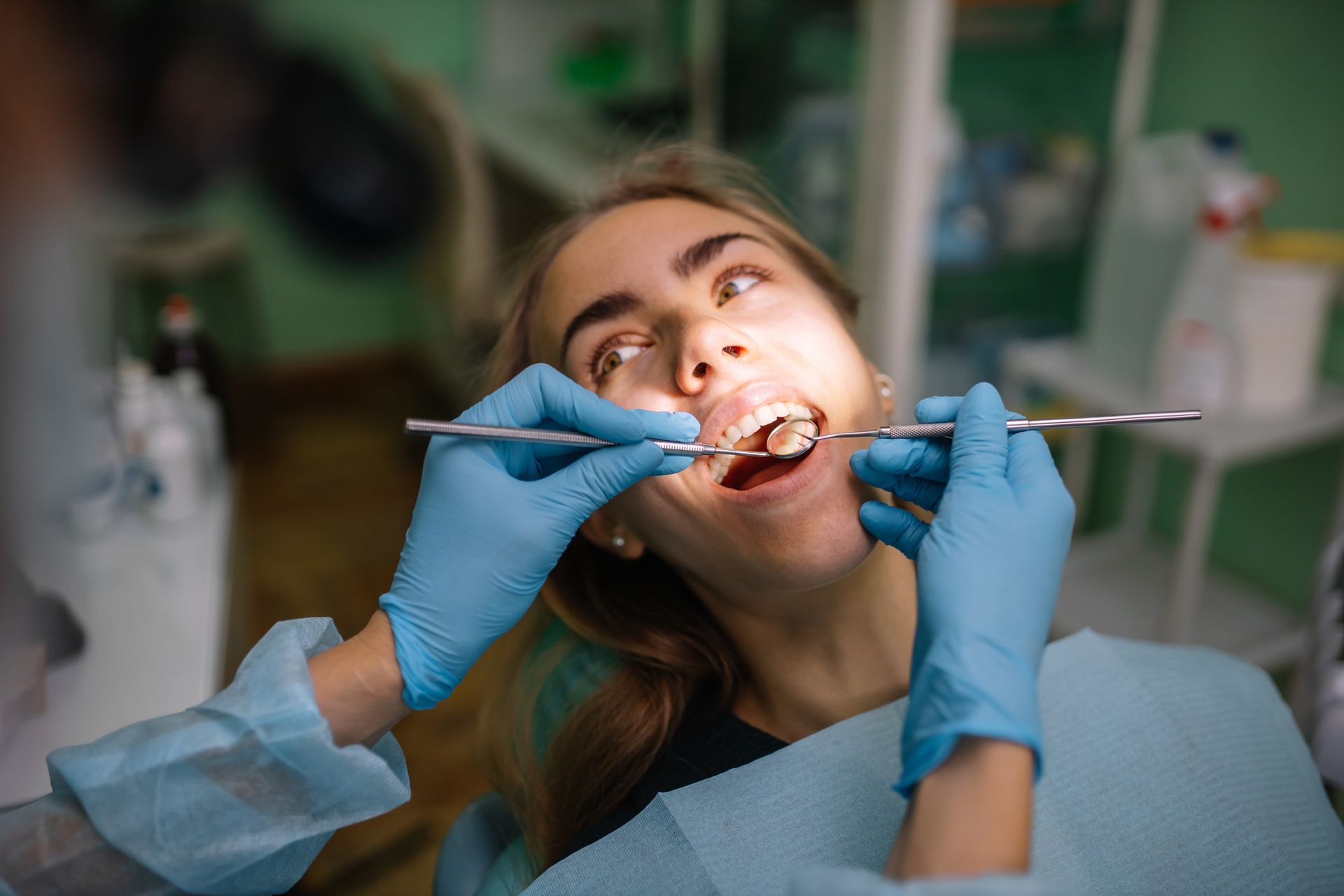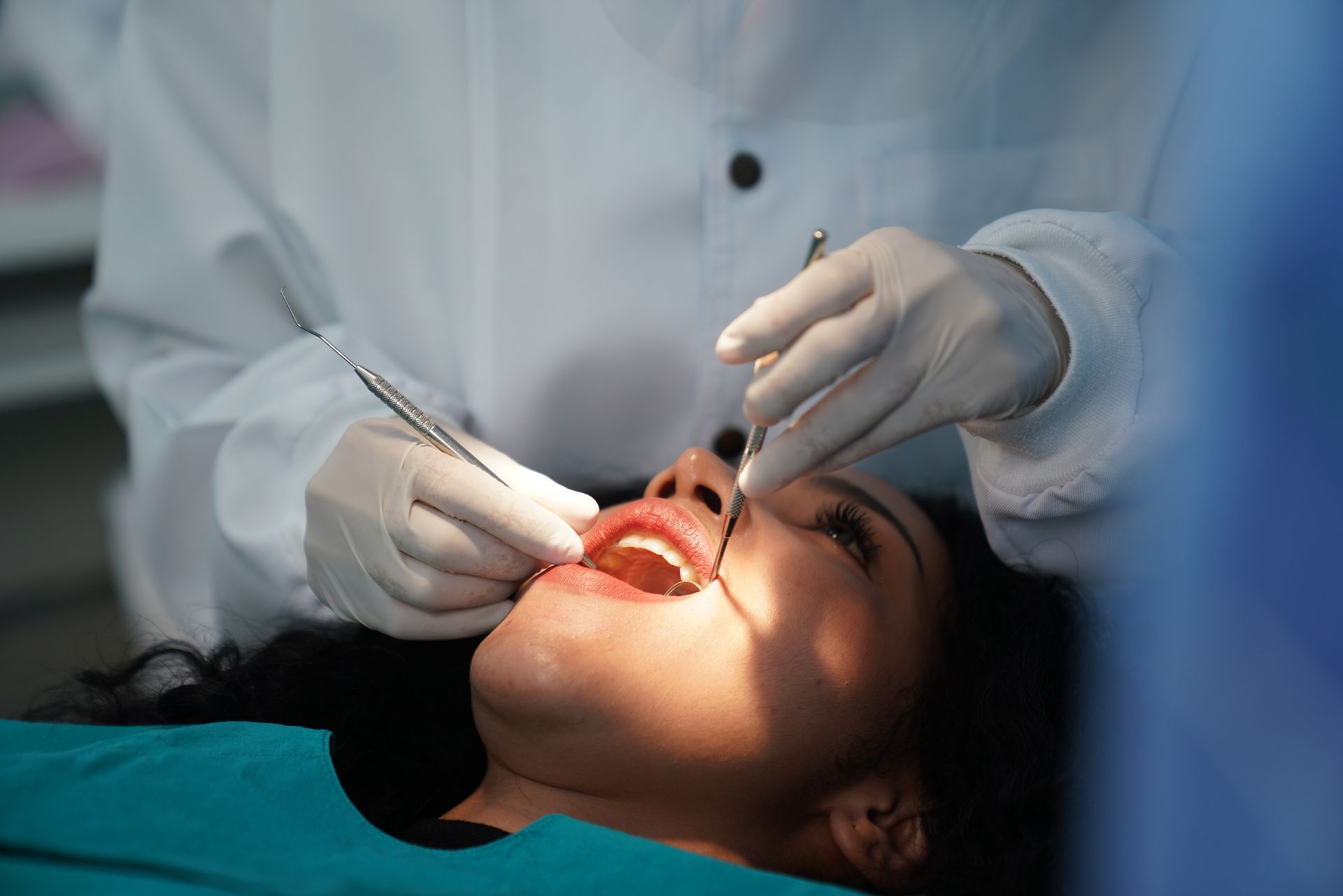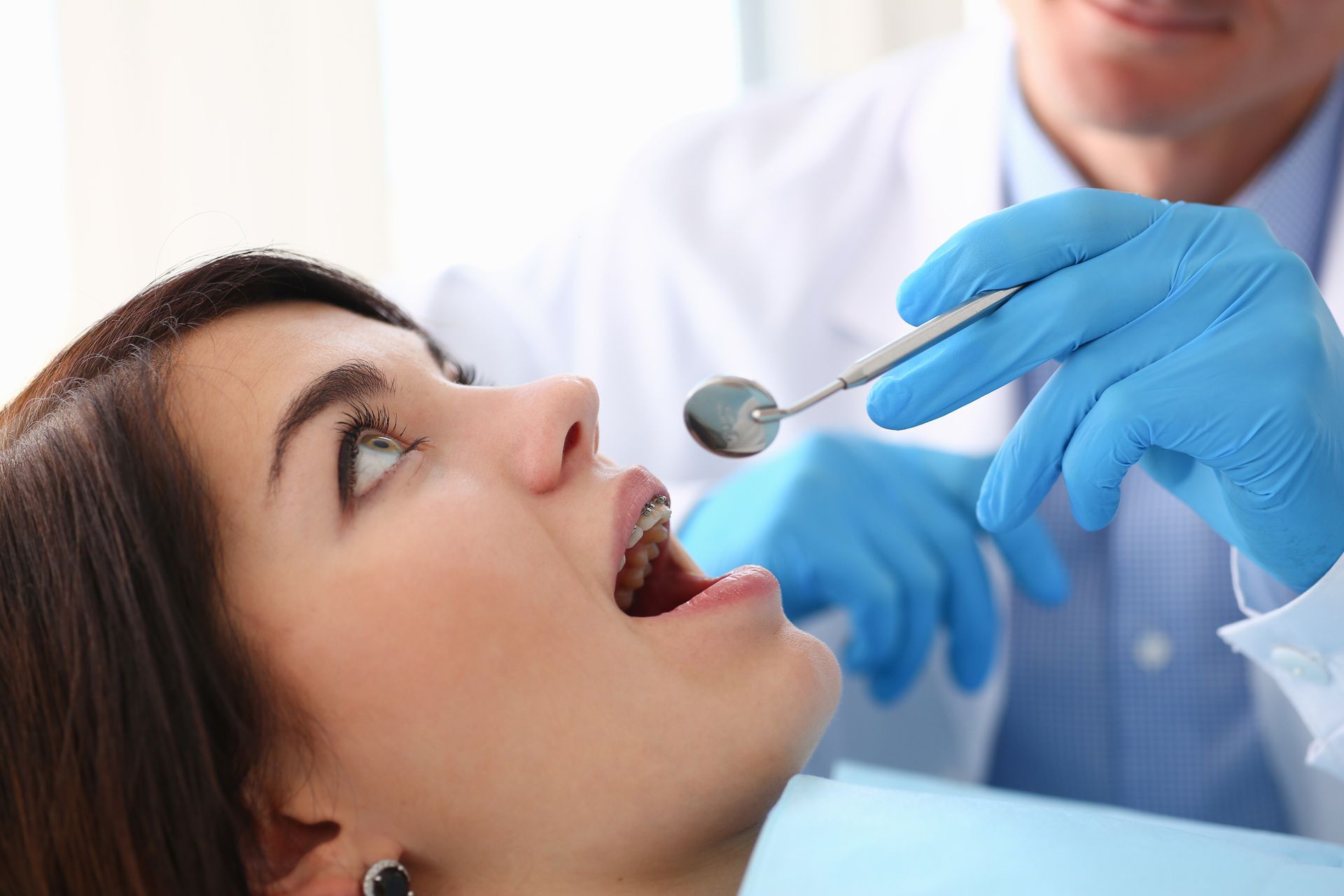Dental Bridges: An Overview
Dental bridges use crowns on adjacent teeth to support false teeth, filling the gap left by missing teeth. The false teeth are made from gold, alloys, or porcelain. Here is a quick overview of dental bridges.
Benefits of Dental Bridges
Dental bridges restore your smile and boost your confidence. The bridges also improve chewing by preventing pain and shifting of surrounding teeth. In addition, dental bridges enhance your speech by addressing tooth loss-related speech difficulties. Other benefits of dental bridges include maintaining the natural shape of your face by preventing jawbone deterioration. The bridges can also prevent teeth from shifting, resulting in further tooth loss.
Dental bridges offer a way to improve your quality of life by addressing tooth loss's aesthetic, functional, and structural consequences. By filling the open space with an artificial tooth, dental bridges provide stability and support to your remaining teeth, preventing potential complications and ensuring long-term oral health.
Types of Dental Bridges
Four types of dental bridges offer different options depending on the individual case. The traditional dental bridge is the most commonly used type, consisting of a dental crown on each surrounding tooth with a fake tooth bridging the gap. While traditional bridges are strong, they require modification of the adjacent teeth.
Cantilever bridges differ from traditional bridges as they only use a single anchor tooth and are often placed toward the front of the mouth. However, they should not be used in the back of the mouth due to the strain they can put on a single tooth. If suitable, a cantilever bridge can save time and money, but safe placement is limited.
Bonded bridges have a structure similar to traditional bridges but use a metal or porcelain framework instead of dental crowns. This eliminates the need for modifying adjacent teeth and provides a more affordable alternative. However, the strength depends on the adhesive, and metal frameworks may cause tooth discoloration.
Implant-supported bridges also have a similar structure to traditional bridges but are anchored with dental implants. They don't require adjacent teeth and can fill large gaps with multiple missing teeth.
Dental Bridge Procedure
The procedure begins with the dentist preparing the adjacent teeth, known as abutment teeth, by removing a small portion of their enamel to create space for the bridge. Next, an impression or digital scan of the prepared teeth is taken to ensure the bridge fits accurately.
The dental laboratory then fabricates the bridge, which consists of artificial teeth (pontics) that will fill the gap created by the missing teeth and crowns attached to the abutment teeth. During a subsequent appointment, the dentist checks the bridge fit and makes the required adjustments before cementing it permanently.
Caring For Dental Bridges
Caring for dental bridges involves brushing your teeth thoroughly at least twice a day using a soft-bristled toothbrush and fluoride toothpaste. This helps remove plaque, bacteria, and food particles, reducing the risk of infections and complications.
Additionally, regular flossing is necessary to clean between the teeth and along the gum line, where a toothbrush cannot reach effectively. By removing plaque and debris from these areas, flossing helps prevent gum disease and tooth decay.
Avoid chewing hard or sticky foods, as they can damage dental work or dislodge temporary restorations. Additionally, refrain from smoking or using tobacco products as they can impair healing and increase the risk of complications.
Regular visits to the dentist are essential for ongoing care and monitoring after a dental procedure. Follow-up appointments allow the dental professional to evaluate the healing process, make any necessary adjustments, and provide guidance specific to your situation. These visits are crucial for early detection of any issues and can help prevent more significant problems from arising.
Henderson Family Dentistry proudly serves the Henderson, NC, community, delivering caring and professional dentistry in a comfortable and welcoming setting. We offer a complete range of comprehensive dental services, including cosmetic and reparative procedures. Contact us to schedule an appointment with our team of dental professionals.









